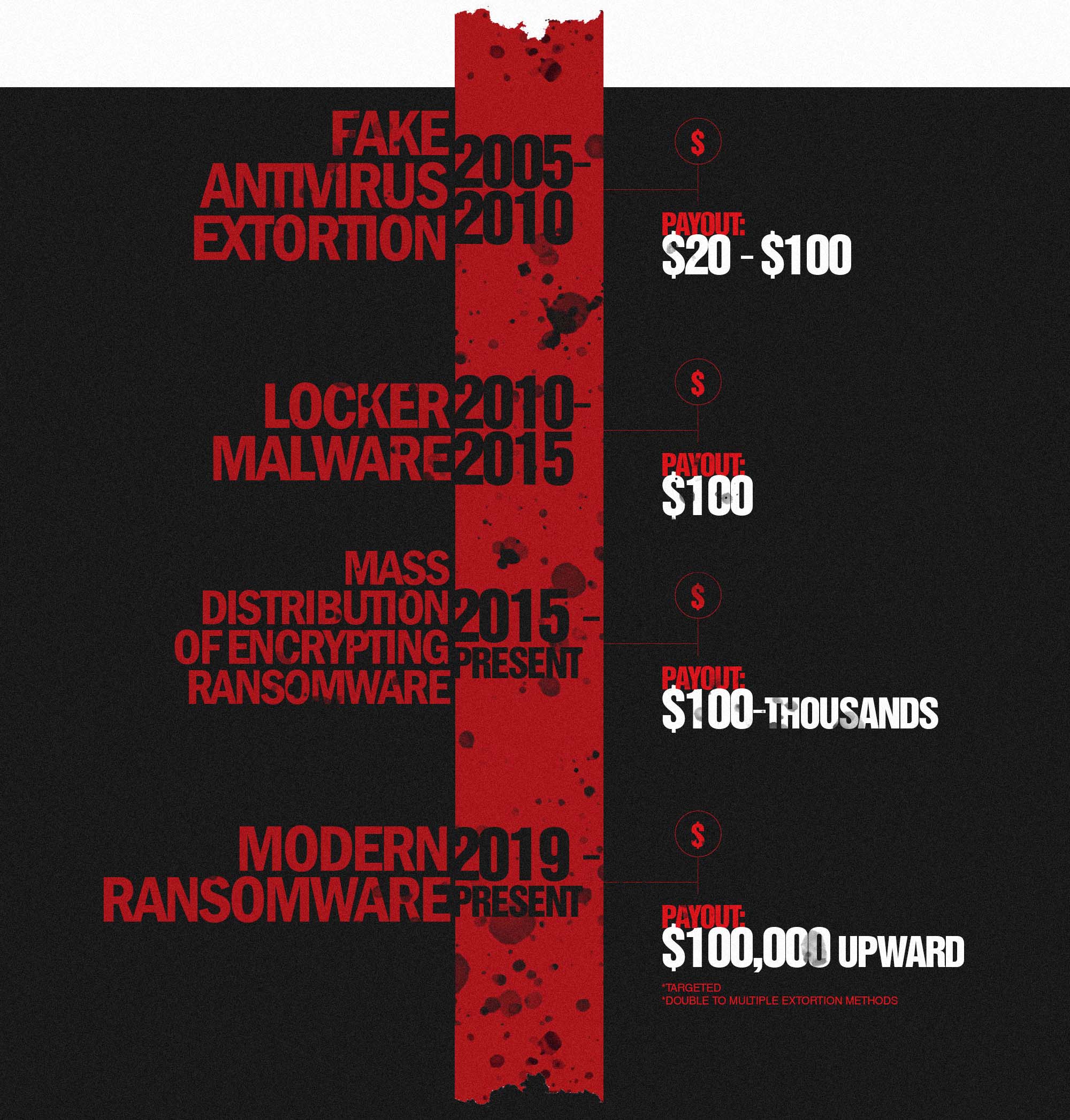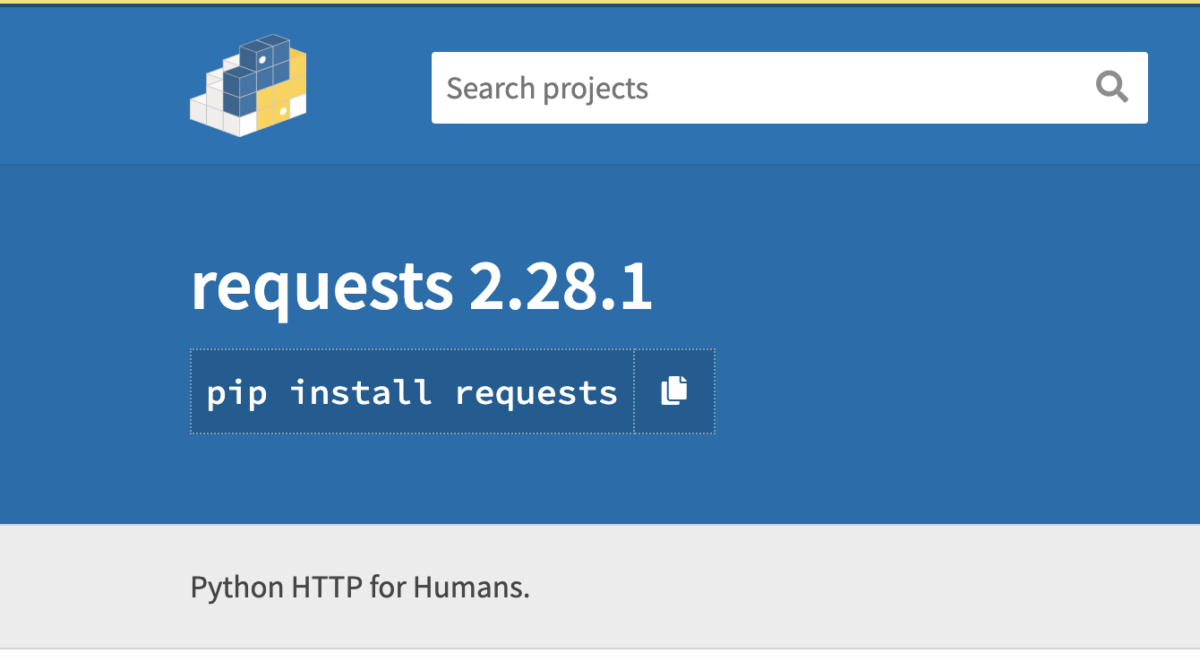GRIT Ransomware Report: November 2022
Report written by Drew Schmitt and Nic Finn
In November, GRIT observed 22 active groups accounting for 166 victims. Continuing their trend from previous months, Lockbit’s claimed victims fell by a massive margin, dropping 41% from their October haul. November represents Lockbit’s slowest month this year, falling even lower than they did during their June to July lull when switching from Lockbit2 to Lockbit3. Lockbit wasn’t alone in their slowdown, as eight other groups also saw at least a 40% decrease in reported victims.
GRIT began tracking four additional groups this month, including Royal and MedusaLocker, who immediately jumped into the top five groups based on total reported victims. These four groups accounted for 43 reported victims in November. An additional six groups with no activity in October showed a minor resurgence, accounting for 26 victims in November.
In addition to having less reported victims, November also saw less countries and industries targeted. Specifically, 33 industries were impacted this month compared to 36 in October. Similarly, 38 countries were impacted in November compared to 40 countries in October. These slight decreases suggest that there were no significant changes to targeting this month. While there were some shifts in the order of the most targeted industries, the most noteworthy changes included the Legal industry shifting into the top 10, knocking Government organizations off the list, and the Construction industry dropping from third place to tenth. In terms of countries targeted, GRIT noted that India and UAE were among the top ten victimized nations, pushing Spain and Australia out of the top ten.
GRIT’s data in this report includes updated insights into threat actor activity from October obtained from recently published leak sites that included historically compromised victims. The addition of this dataset had slight impacts to victim trends and statistics from previous months; however, it did not have significant impacts on trends or findings from previous reports.
Ransomware Trends
Based on sources monitored by GRIT, there was a 12.6% decrease in the total number of victims from October to November….





